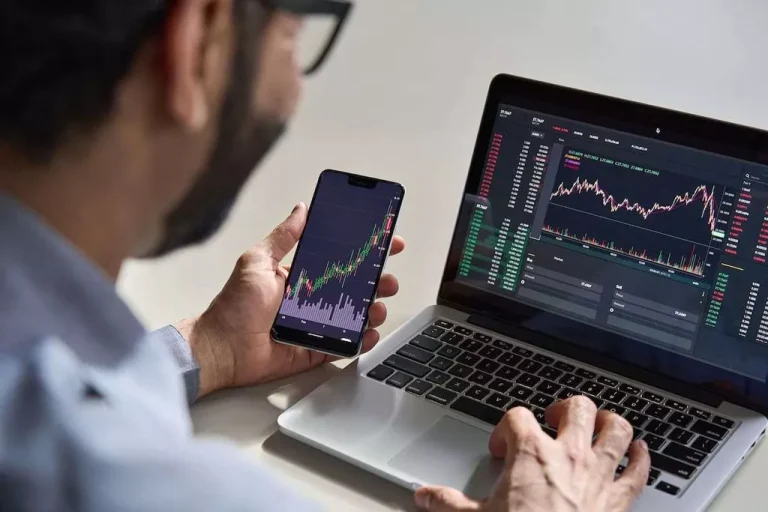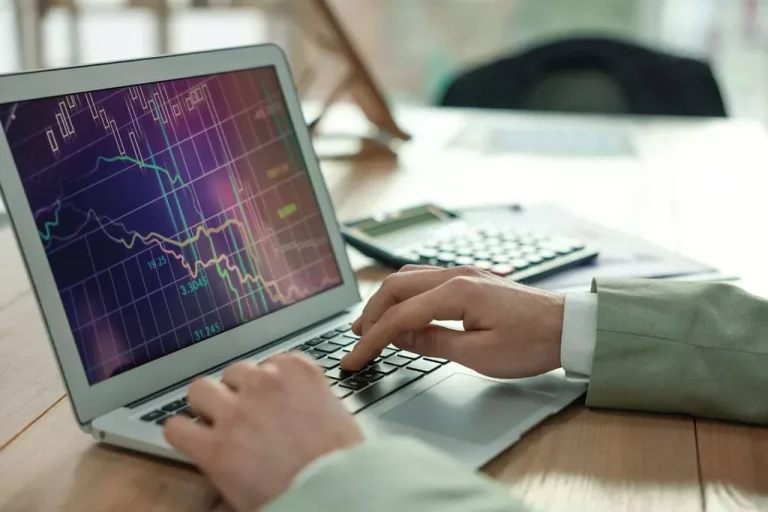By doing this, market makers hold the market lively and prices steady. Market makers have an result on costs once they repeatedly modify their bid and ask quotes as market situations change. They also aid within the means of discovering a fair market value for the traded instrument. By continuously putting orders on both sides of the order e-book, they improve the provision of purchase and promote options. Such enhanced liquidity usually ends in tighter bid-ask spreads; buying and selling then becomes cheaper.
The Relationship Between Liquidity And Buying And Selling Charges

A market taker is any particular person or entity executing a trade by accepting a worth presently quoted by a market maker or in any other case available on the order e-book. Not Like MMs, who provide liquidity, MTs eat that liquidity by inserting orders that match current bids or presents. A “maker vs taker” dynamic is pivotal in upholding worth feeds and quotes for a given asset. Whereas market makers contribute to market stability, market takers actively navigate the markets, responding promptly to present situations.
By partaking with costs supplied by MMs and the broader order e-book, takers facilitate the actual move of trades. This interplay maintains market activity and contributes to price discovery, the place the prevailing value of an instrument is formed through ongoing transactions. A “maker” assumes the accountability of initiating either a purchase order or a sale order, whereas a “taker” promptly acts as the entity executing that very order. In the realm of buying and selling, the dynamics of “maker vs taker” are pivotal. Market makers operate by setting a spread between the buy and sell prices of an asset. Market makers actively form market dynamics by way of their constant placement of buy and promote orders.
Market makers enhance value stability by sustaining liquidity, lowering the likelihood of extreme value swings. For example, in the occasion that they purchase a inventory at $50 (bid) and sell it at $51 (ask), they earn $1 in revenue. Launched within the Nineteen Nineties and early 2000s, the maker-taker model has turn into https://www.xcritical.com/ more and more in style with the rise of algorithmic and high-frequency buying and selling (HFT). Komodo Wallet is a non-custodial pockets, decentralized trade, and crypto bridge that helps well-liked cryptocurrencies corresponding to Bitcoin, Ethereum, Litecoin, Dogecoin, and extra.
Their combined actions kind the buying and selling ecosystem’s basis, driving liquidity, aiding price discovery, and ensuring markets operate effectively. To wrap up, knowing the distinction between market makers and takers is super important in finance, especially in crypto buying and selling. Market makers maintain issues stable by providing liquidity, whereas takers seize liquidity and may shake up costs. Understanding if you’re a maker or taker is essential for traders as a outcome of it impacts Market Makers vs Takers prices, prices, and techniques.
- Let’s dive into the dynamics of how markets function to really perceive the position of the market maker and taker.
- Excessive levels of taker activity can contribute to wider spreads and elevated volatility.
- For detailed data on the commission rates utilized to cryptocurrency buy-sell transactions on our EgeMoney platform, you presumably can visit our Buying And Selling Fees page.
- It’s important for traders and merchants alike to know this, because it forms the basis for analyzing developments, making knowledgeable choices, and navigating the complexities of monetary markets.
- The Maker fee is generally kept decrease than that for market takers to encourage this contribution.
Understanding these roles is important for anybody involved in buying and selling or investing. Market makers place orders to purchase or sell at quoted prices, while market takers execute trades by accepting these orders. Market takers are those in monetary markets who act on existing costs quite than setting them. Not Like market makers, they don’t present quotes but as a substitute execute trades primarily based on current market situations.
Market takers profit from this liquidity by shopping for or selling immediately on the costs offered by market makers. This dynamic interaction ensures that market costs are repeatedly updated and market depth is maintained, thus permitting monetary markets to function more liquidly and orderly. This fixed exchange between market makers and market takers is critically necessary for the overall health of the market and allows buyers to commerce at truthful prices at any time. Market Takers are outlined as people or establishments that concern buy or promote orders on the current market price when they wish to transact within the monetary markets. Not Like market makers, market takers do not actively set prices; as a substitute, they prefer to transact at costs established by market makers.
Their activity is essential for guaranteeing markets remain useful, even during times of low volume or high volatility. With Out their presence, many monetary markets would lack the depth needed for efficient operation. Market makers predominantly utilise limit orders to publish their bid and ask costs. These orders aren’t intended for instant execution; they relaxation on the order e-book until matched by a market taker. This technique Proof of personhood permits market makers to strategically handle their inventory and earn the bid-ask unfold.
The Definition Of Market Makers
A market taker, on the other hand, is a trader or investor who places orders that match the existing orders offered by market makers. When a market taker locations an order, they accept the value quoted by the market maker, thereby executing the trade. On the other hand, market takers favor immediacy, executing orders at the best out there price. This style is good for individuals who prioritize pace and certainty in their trades, even at the value of higher charges. Your trading style will depend on whether you worth management over worth and patience or choose swift execution and instant market participation. When a taker engages, they pay the asking price, which usually surpasses the market price.

The Maker payment is a transaction fee paid by market makers within the monetary markets, particularly in cryptocurrency exchanges, for the transactions they execute. Such orders enhance the market’s liquidity as a result of they wait within the order e-book before the transaction occurs. The Maker payment is mostly saved lower than that for market takers to encourage this contribution. Market takers favor to transact instantly and at present market prices, and therefore, normally pay the next taker charge. Decrease Maker charges incentivize customers to provide liquidity, thus contributing to a more healthy and extra efficient market operation. The roles of market makers and market takers play elementary roles in shaping trading dynamics.

Many trading platforms apply a “taker fee” to orders that execute instantly in opposition to the order book. The Taker charge is a transaction fee paid by market takers within the financial markets, particularly in cryptocurrency exchanges, for the transactions they execute. On the flip aspect, market takers within the crypto house aim to sell belongings at the current market price, seizing alternatives and reacting to market circumstances. Whereas market takers might face trading charges, they benefit from the immediate execution of transactions within the crypto space.
What Are Maker And Taker?
These are designed for quick execution at the best obtainable value. However, it often translates to larger transaction prices and potential slippage, significantly when liquidity is low or market volatility is excessive. They usually use market orders, instructing their dealer to buy or sell at the most effective available present price. This ensures fast transaction completion, a priceless function in fast-moving markets the place worth opportunities can be short-lived. Understanding the ‘maker vs taker’ mannequin is important for gaining insights into liquidity and trading dynamics, which immediately impression value fluctuations.
“Takers” are those who accept orders already within the order e-book that may be executed immediately, thus “taking” liquidity. We see the emergence of two outstanding roles in relation to financial markets – market makers and market takers. The two roles differ in their strategies and aims, which may shape the market. With Out giving an excessive amount of away, a market maker would create seamless transactions and a market taker would seize opportunities. Let’s dive into the dynamics of how markets operate to actually understand the function of the market maker and taker.
